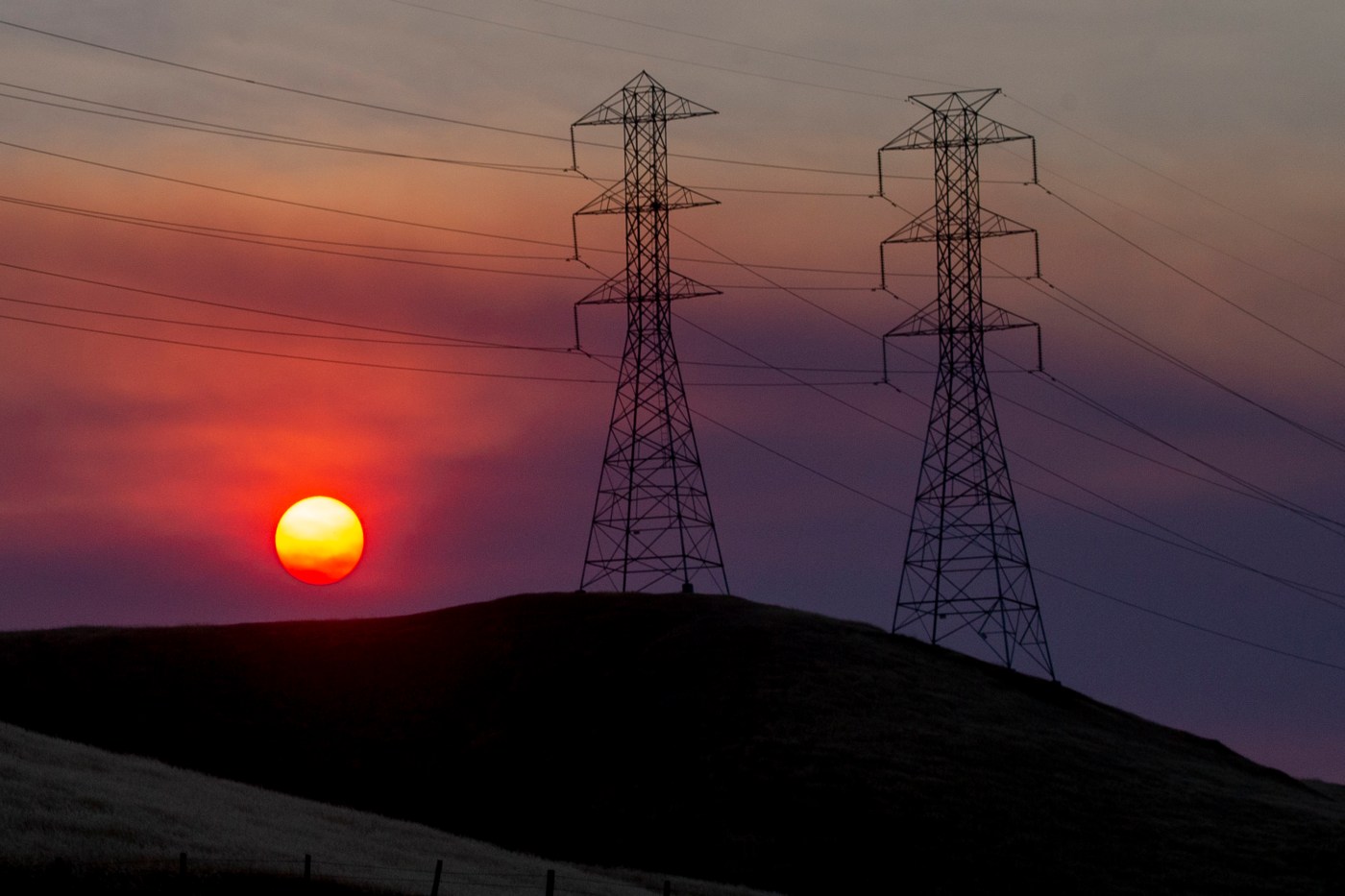OAKLAND — PG&E monthly electric bills are expected to outpace inflation for the next few years, an official state regulatory report predicts, but the electricity and gas utility disputed the projection.
The utility titan’s electricity rates could rise by an average of nearly 11% a year through 2027, the state Public Utilities Commission reported, which would continue a brutal pattern of skyrocketing monthly bills for PG&E’s customers.
In 2023, PG&E monthly bills zoomed higher by 22.3% for the average residential customer who receives combined electricity and gas services from the power company.
Over the same 12 months, the Bay Area inflation rate rose 2.6%. Put another way, PG&E bills rose eight times faster than the overall inflation rate in the nine-county region last year.
If the state PUC’s forecast materializes, that outcome could be seen by some to contrast with an assurance that PG&E Chief Executive Officer Patricia Poppe offered in an interview earlier this year with this news organization.
“We see a future where customers’ bills can start to come down,” Poppe said in an impromptu interview about fast-rising ratepayer costs. Poppe’s remarks came after an Earth Day event PG&E hosted in Richmond at the vast Ford Point complex.
That’s not the vision that the state PUC, the primary regulator of PG&E, Southern California Edison, San Diego Gas & Electric, and other utilities, sketched out in a report to the governor and the California Legislature.
“This report finds that utility costs continue to outpace inflation due to multiple cost pressures,” the PUC stated.
PG&E officials, however, insist they still see a path for Poppe’s vision to become reality in the coming years.
“The forecast in the CPUC report is speculative and should not be viewed as fact,” PG&E spokesperson Mike Gazda said. “PG&E has committed to limit average annual increases to no more than 3% through 2026.”
Multiple factors have contributed to the huge increase in electricity costs in recent years, in the view of the state PUC and the Public Advocates Office at the PUC.
“Over the last few years, electric bills are generally rising due to higher electricity use, such as air conditioning, and higher overall electricity prices,” the Public Advocates Office reported. “Low-income households are most disproportionately impacted by higher rates and bills.”
The state PUC also pointed to other factors behind the jump in electricity costs.
“The largest contributors to recent rising electricity rates are wildfire risk reduction costs and net energy metering program costs,” the state PUC reported. In the view of some experts, net energy metering tended to shove prices higher for electric service customers who didn’t have a solar energy system at their residences.
A recent PUC decision could shift some of the burden of these costs away from customers who don’t have a solar system. It’s possible this could ease monthly bills for some customers.
PG&E, Southern California Edison and San Diego Gas & Electric must endure bill increases that will outpace inflation in the coming years — and by a wide margin — the PUC report predicted.
This prospect alarms Loretta Lynch, a former PUC commissioner and a harsh critic of both PG&E and the state PUC.
“Patti Poppe knew when she misled Californians, offering ‘hope’ for future rate reductions, that PG&E’s requests pending at the PUC would send bills even higher,” Lynch said. “PG&E dissembles and deflects as they constantly ask for more and more of their customers’ money.”
Here’s what the PUC predicts will happen for the three major California utilities’ bundled electricity rates, according to the report.
The report forecasts the annual percentage increase in electric rates by comparing the actual year-end rates in 2023 to what the PUC expects will occur through 2027:
— PG&E: 43% total increase through 2027 for an average annual increase of 10.8%.
— Southern California Edison: 26% increase through 2027 for an average annual increase of 6.5%.
— San Diego Gas & Electric: 22% overall increase through 2027 for an average annual increase of 5.6%.
“California residents need to brace themselves for the biggest bill shocks of their lives starting in late August when skyrocketing rates are multiplied by heavy air conditioning usage needed just to survive the record-breaking extreme heat in July,” said Mark Toney, executive director of The Utility Reform Network, or TURN, a consumer group.
Oakland-based PG&E said that it is taking steps on multiple fronts to ensure the predictions of the company’s CEO will become reality.
“The report does not take into account actions PG&E is taking to stabilize non-fuel rates and to cut operating costs to ease the burden of rising energy costs for our customers,” Gazda said. “It is also premature to estimate our rates in 2027, since regulatory filings for that period have not been submitted.”
The state PUC cautioned that the report was a prediction and might not eventuate as projected.
“We see a path and are working toward the goal of a decrease” in monthly bills, PG&E spokesperson Gazda said.
Lynch, the former PUC commissioner, warned that higher bills are inevitable
“PG&E’s playbook is clear. It will never stop trying to spend more so it can make more profit off its customers,” Lynch said.
Lynch believes the PUC has not supervised PG&E effectively.
“The PUC has allowed profligate PG&E spending and authorized ‘interim’ rate hikes without even requiring PG&E to prove its claims for more money,” Lynch said. “Californians are paying the price for the PUC’s dereliction of duty.”












